The world of art and culture is increasingly including artists with disabilities. Germany has long been a latecomer on the subject, but there are some encouraging developments.
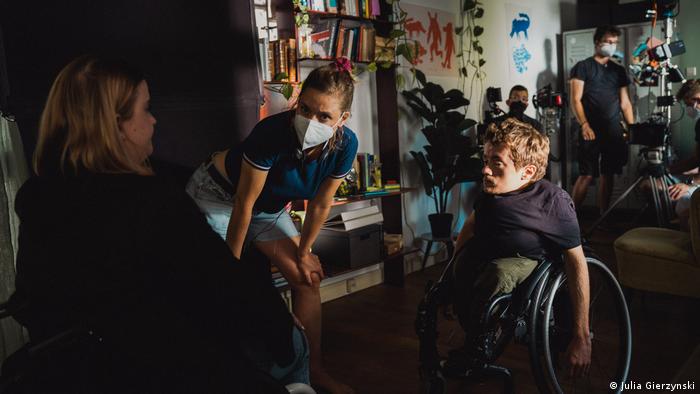
Shooting of the feature film “What we want” (2022) – it focuses on the sexuality of people with disabilities
From mental to physical disabilities, there are many variations. In film and television or in art, they have become more and more visible in recent years. Many artists who have a disability themselves are open about it today.
From the small “Game of Thrones” star Peter Dinklage to the pop icon Billie Eilish affected by Tourette Syndrome to the painter Yayoi Kusama, who lives in a psychiatric hospital – the list of well-known actors, artists or musicians with physical or cognitive disabilities goes on.
Diversity – what the term means today
In Germany, too, something is happening in the cultural landscape. Jutta Schubert, project manager at the “Eucrea” association for art and disability in German-speaking countries, sees some progress. She notes that diversity today is no longer just limited to people with a migration background or people's sexual orientation, but also includes people with disabilities.

Inclusion in the theatre: The “Freie Bühne München” is a workplace for people with and without disabilities
“For a long time in Germany people with disabilities were completely forgotten,” says Jutta Schubert. This is also due to the fact that most of the federal funding programs for cultural institutions focus on other groups. “People with disabilities have only really been the focus of attention when it comes to diversity for, I would say, a year or two,” says Schubert.
Inclusion at the theater
Today, it is clear from calls for tender, such as from the “Fonds Darstellende Künste” or the Federal Cultural Foundation, that the topic of diversity is being perceived more comprehensively. “Institutions understand that they can secure financial support if they hire people with disabilities or promote accessibility,” explains Schubert.
The Federal Cultural Foundation recently launched a new program called 'pik' was launched with the specific aim of promoting this area. It enables long-term cooperation between theaters and inclusive groups and also includes a mentoring program. “Such a development would have been unthinkable eight or ten years ago,” explains Schubert.
Dancer despite paraplegia
In addition, more and more cultural institutions are taking the initiative, especially in the theater sector. Jutta Schubert refers to the Munich Kammerspiele, whose ensemble already includes six people with disabilities. Other theaters would also show interest in hiring people with disabilities for productions or even employing them permanently and integrating them into the ensemble.
Developments in the film industry
In the film industry, too, greater attention is paid to diversity. In order to generate portrayals that appear authentic, German production companies such as UFA today rely on actors with disabilities. They are referring to the European Charter of Diversity. “When German production companies are looking for actors for roles that, for example, portray a person in a wheelchair with a migration background or someone with brittle bone disease, more and more care is taken to ensure that they do not be cast with actors without disabilities.”
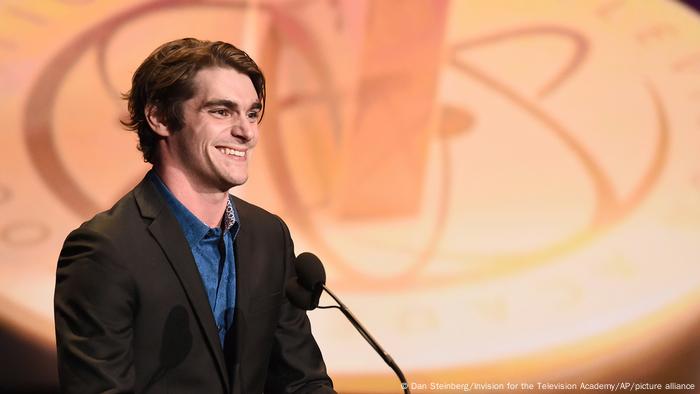
The 30-year-old RJ Mitte, known from the Series “Breaking Bad”, has a cerebral movement disorder
The German film industry is inspired by developments in the USA, where actors like RJ Mitte (“Breaking Bad”) or Peter Dinklage (“Game of Thrones”) have careers. Even if they are not active as activists for people Disability, they are role models for Jutta Schubert: “Peter Dinklage speaks very openly about his disability and sometimes expresses himself in interviews about the changes that need to happen”. According to Schubert, this openness has a positive influence on the acceptance of People with disabilities in society.
Exhibitions and awards for artists with mental disabilities
Apart from the theater and film industry, the museum landscape is also undergoing change. The 2017 exhibition “Art and Alphabet” at the Hamburger Kunsthalle is an example of this. It integrated the work of Harald Stoffers, a successful painter from Hamburg with a mental disability. “This painter, who works exclusively with writing, designed an entire room there,” says Jutta Schubert.
A separate prize was created in Germany in 2000 for people with mental disabilities who create art. The Augustinum Foundation awards the “Euward” – a made-up word from “Europe” and “Award”, which means “award” – every three years to European artists. Among other things, the three awardees receive an exhibition of their works at the Haus der Kunst in Munich, which makes her works visible. An Euward will be awarded again this year.
Facilitate access to the profession
One of the biggest hurdles for people with disabilities is getting into the arts and culture industry. “Up until a few years ago, disabilities were an exclusion criterion for acting schools,” says Jutta Schubert. But the schools would open up more and more. The association she is involved with has initiated its own program to promote inclusion in art education. So far, universities with courses in fine and performing arts from five federal states have taken part. The program is to be expanded to other federal states in 2024.
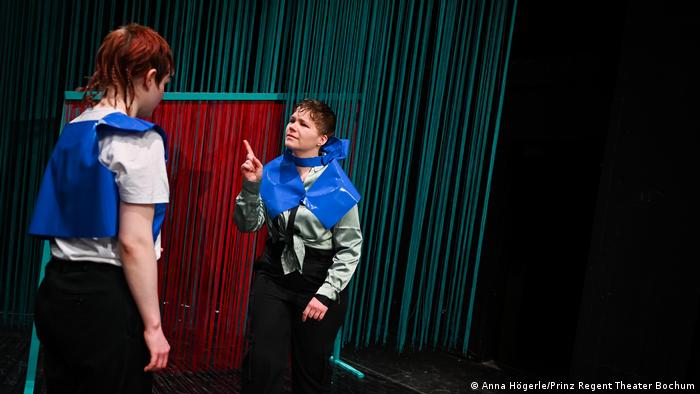
“ARTplus” is the first nationwide project for artistic Qualification and training of creative people with disabilities
When Jutta Schubert compares all the inclusion efforts in the cultural sector that have been undertaken in Germany in recent years with those in neighboring countries or in Great Britain, she still comes to the same conclusion Conclusion that there is “still a lot of catching up to do” in this country.
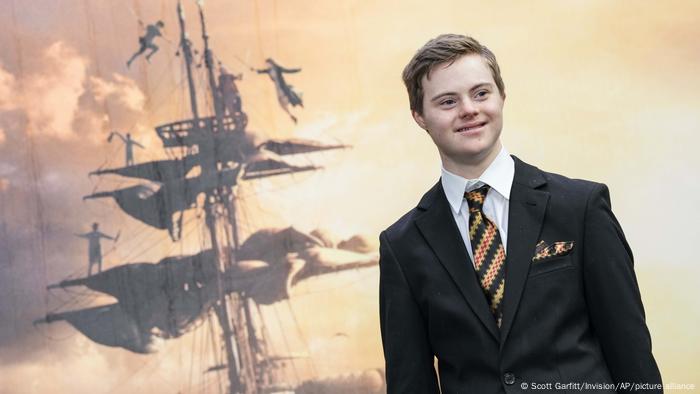 Pioneering artists from Peter Dinklage to RJ Mitte
Pioneering artists from Peter Dinklage to RJ Mitte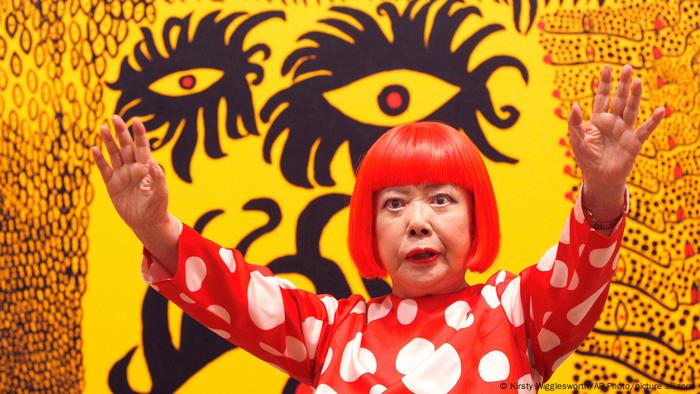 Pioneering artists from Peter Dinklage to RJ Mitte
Pioneering artists from Peter Dinklage to RJ Mitte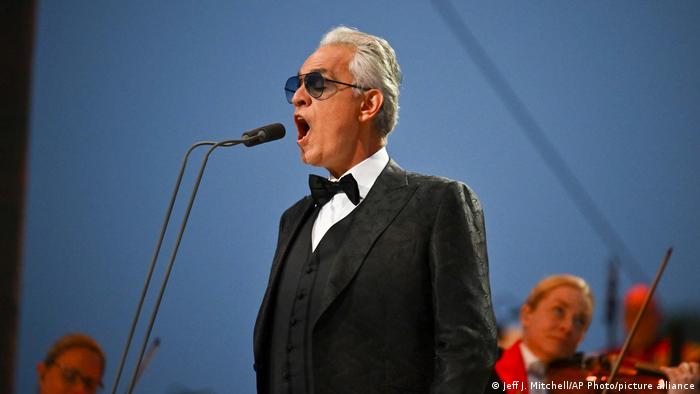 Pioneering artists from Peter Dinklage to RJ Mitte
Pioneering artists from Peter Dinklage to RJ Mitte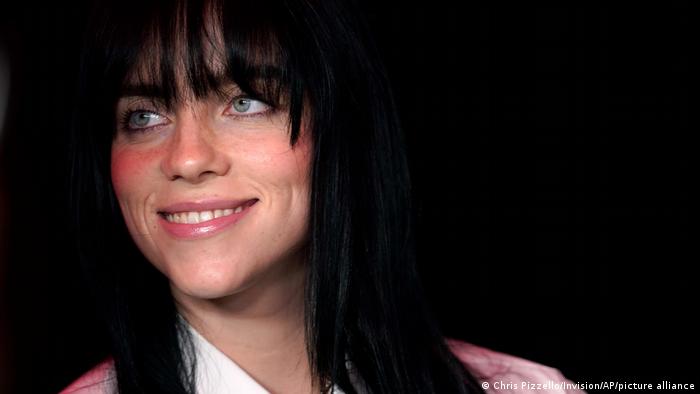 Pioneering artists from Peter Dinklage to RJ Mitte
Pioneering artists from Peter Dinklage to RJ Mitte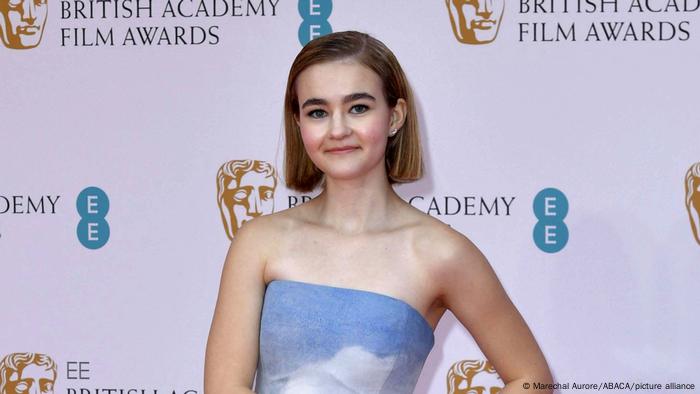 Pioneering artists from Peter Dinklage to RJ Mitte
Pioneering artists from Peter Dinklage to RJ Mitte Pioneering artists from Peter Dinklage to RJ Mitte
Pioneering artists from Peter Dinklage to RJ Mitte Pioneering artists from Peter Dinklage to RJ Mitte
Pioneering artists from Peter Dinklage to RJ Mitte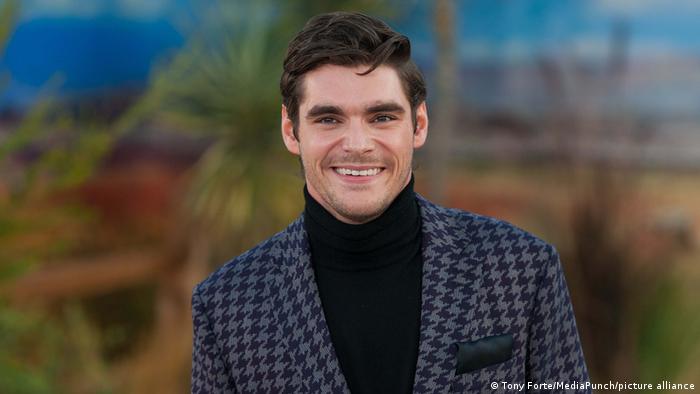 Pioneering artists from Peter Dinklage to RJ Mitte
Pioneering artists from Peter Dinklage to RJ Mitte Pioneering artists from Peter Dinklage to RJ Mitte
Pioneering artists from Peter Dinklage to RJ Mitte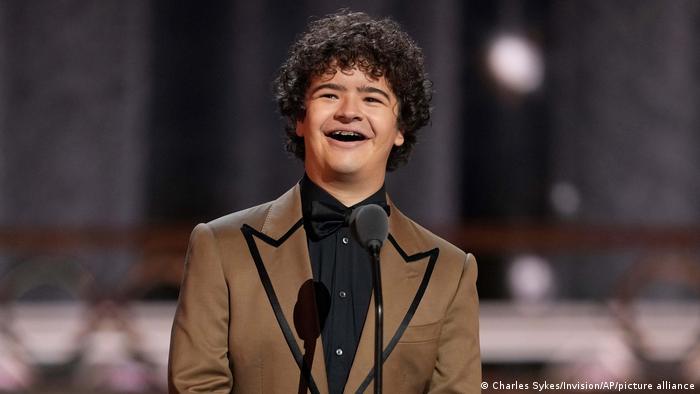 Pioneering artists from Peter Dinklage to RJ Mitte
Pioneering artists from Peter Dinklage to RJ Mitte